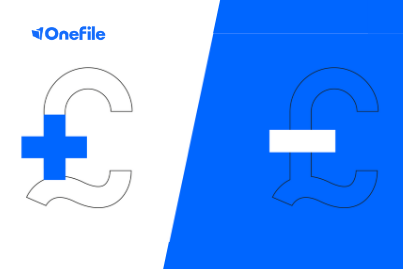How do employers know how much to pay for an apprenticeship?

If you’re an employer looking to enroll an employee on an apprenticeship, follow these steps to find out how much the apprenticeship will cost and how you pay for training.
1. Choose an apprenticeship
The first thing you need to do is decide what training you’d like your apprentice to receive. It sounds simple, but there are hundreds of apprenticeships to choose from. Think about what level is best, what skills gap you’re looking to close and what you’d like your apprentice to get out of their learning.
2. Find the funding band
The apprenticeship funding system has 30 different funding bands – ranging from £1,500 to £27,000. The upper limit of each funding band is the maximum amount you should pay the training provider – either from your apprenticeship levy or co-investing with the Government. If you pay any more – either for Functional Skills or additional delivery – you'll need to use your own funds.
The funding bands vary hugely for different apprenticeships. Here are examples for some of the most popular apprenticeships:
- Chartered Manager level 6 degree apprenticeship – £22,000
- Business administrator level 3 – £5,000
- Adult Care Worker level 2 – £3,000
- Plumbing and Domestic Heating Technician level 3 – £21,000
- Software tester level 4 – £18,000
- Hair professional level 2 – £7,000
3. Negotiate the price
When you’ve found the right course for your apprentice, you’ll need to find an apprenticeship provider to support you in delivering the training – or you can deliver in-house if you’re an employer-provider.
You’ll then have to negotiate a price for the training using the funding band. You'll need to take into account the cost of delivery for the provider – things like on-site visits, practical assessments, the level of qualification and off-the-job training. The price should also be adjusted according to the apprentice’s prior learning (any knowledge or skills in the standard they already know) and how the provider plans to stretch and challenge the apprentice.
It's not a straightforward negotiation, so it’s a good idea to work closely with your provider to decide on the right price.
4. Calculate any additional payments
If your apprentice is 16-18 years old, you’ll receive an extra £1,000 from the Government to cover any extra supervision or pastoral care they may need. The payment will be made in 2 instalments at 3 and 12 months to your training provider, and they’ll pass on the funds to you. If you pay the levy, this extra payment won’t be taken from your levy pot, it’ll come straight from the Government.
5. Make the payment
If you’re a levy payer, you can use the funds in your DAS account to pay for training. If you don’t pay the levy, the Government will coinvest 95% of the cost and you’ll pay the remaining 5%.
Most of this process is standard for everyone – the only negotiation that’s personal to your apprentice is how the funding is adjusted according to their prior learning and how the provider will stretch and challenge them.
It can be a complicated process, so to help we’ve created an FAQ guide on recognition of prior learning. It covers what prior learning is, how it’s recorded by providers, and how it can impact how much you pay for apprenticeship training.
This article includes research and opinion sourced by OneFile at the time of publication. Things may have changed since then,
so this research is to be used at the reader's discretion. OneFile is not liable for any action taken based on this research.


